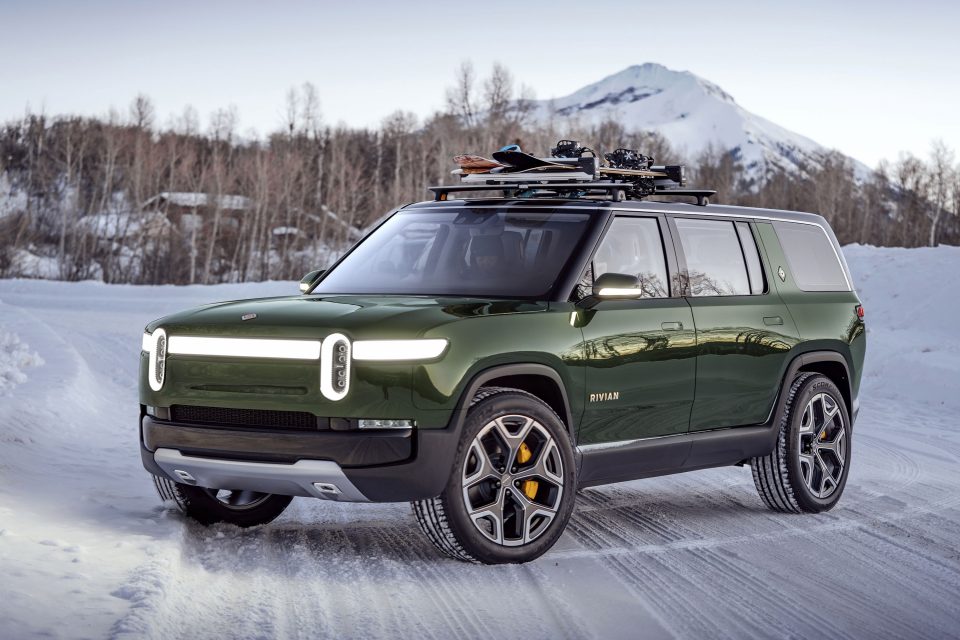Rivian’s vehicles look like Teslas and drive like Land Cruisers. Can the company, however, keep up with the demand?
Remember how quickly everyone switched from cell phones to smartphones? RJ Scaringe, the founder and CEO of electric truck manufacturer Rivian, predicts that drivers will follow suit.
“Once you try a product that completely shifts the technology forward, it’s hard to go backwards”. “We’re going to see a level of consumer-mindset shift that’s hard to imagine.”
Scaringe had long wished for an electric-vehicle company to help reduce our reliance on fossil fuels, but he knew such vehicles would never be popular. Too sensible, too quiet, too monotonous. But what if there was an electric vehicle that was built like a Tahoe and accelerated like a Corvette? Scaringe envisioned an entirely new type of E.V., one that would pique the interest of drivers across the country and across the political spectrum. Rivian, which he founded in 2009, would reimagine the industrial past to create the future car.
When its first models, a pickup truck called the R1T and an SUV called the R1S, debuted in 2018, the excitement was palpable. Ford and Amazon were among the investors, with Amazon ordering 100,000 electric vans. However, Rivian did not begin delivering the R1T to customers until late 2021, months behind schedule, and some forecasters, including Tesla CEO Elon Musk, have predicted disaster given all the challenges that start-up car companies face, from supply-chain issues to raising capital.
Rivian now has a waiting list of approximately 90,000 preorders. It has only delivered about 6,600 vehicles due to a variety of factors, including computer-chip shortages. The anticipation for both Rivian models is high, but drivers will soon have other options: Ford, GMC, and Tesla all sell their own electric trucks. Can Rivian hope to gain a foothold in such a crowded market?
It’s easier to be optimistic once you get behind the wheel. The R1S, which costs around $90,000, drives like a glammed-up Toyota Land Cruiser capable of keeping up with a Ferrari. (It goes from zero to sixty in three seconds on pavement). And in the woods, it just goes where you point it, even down a 45-degree mud slope.
